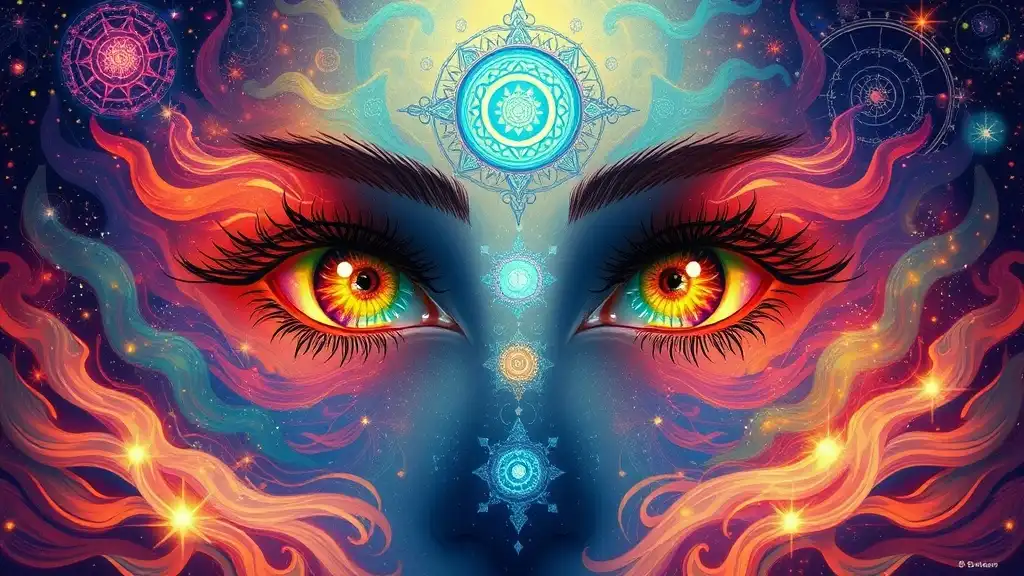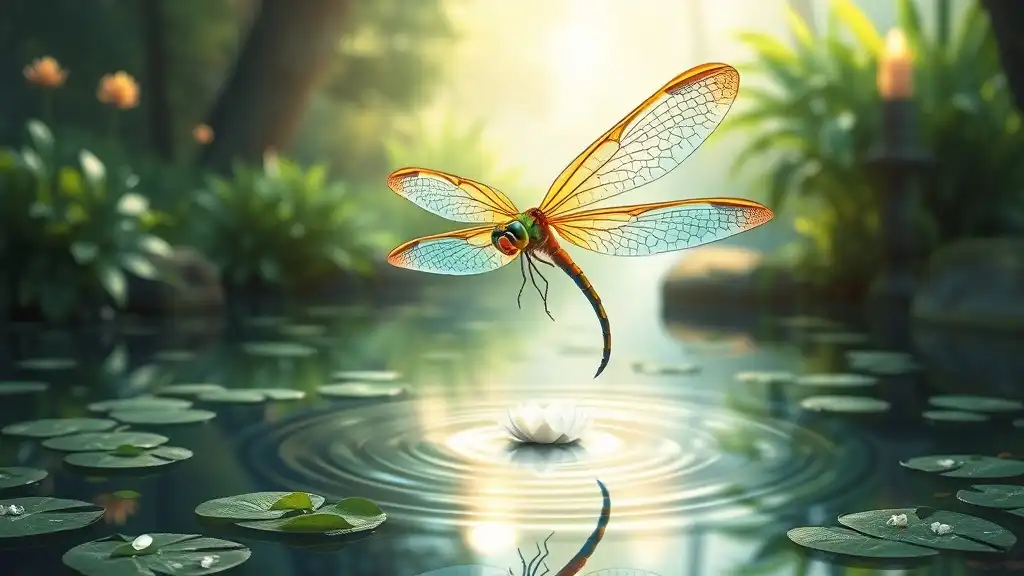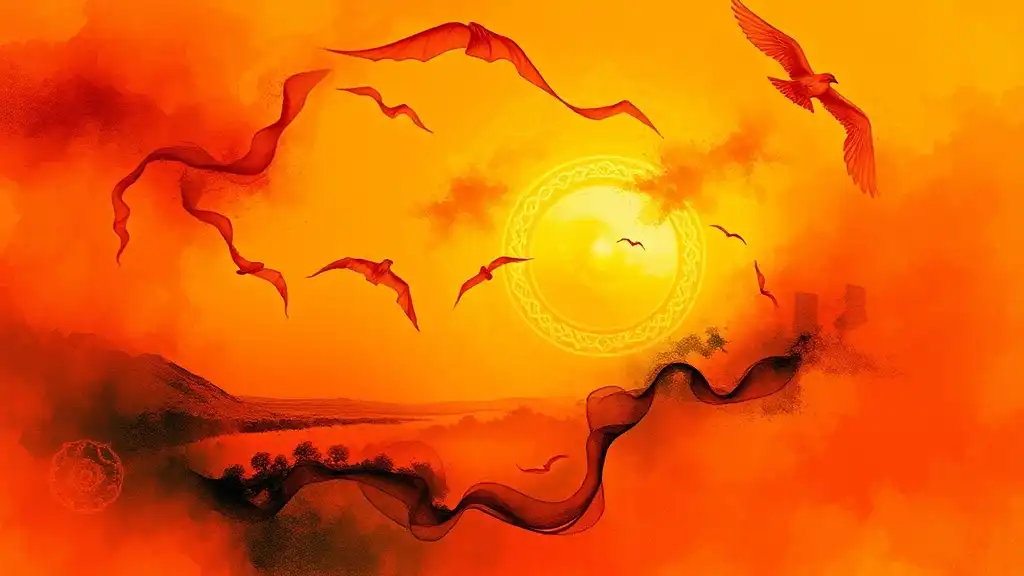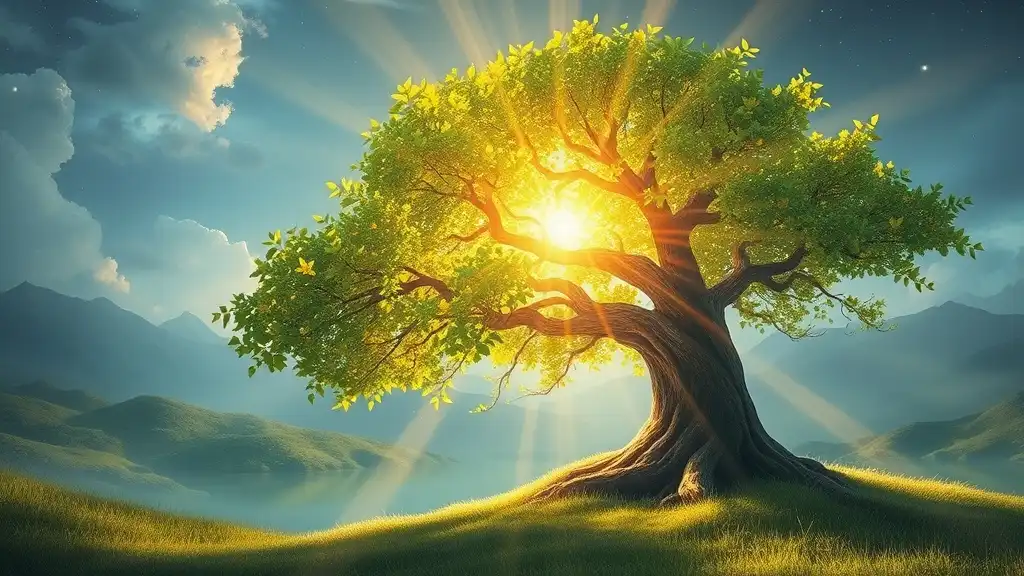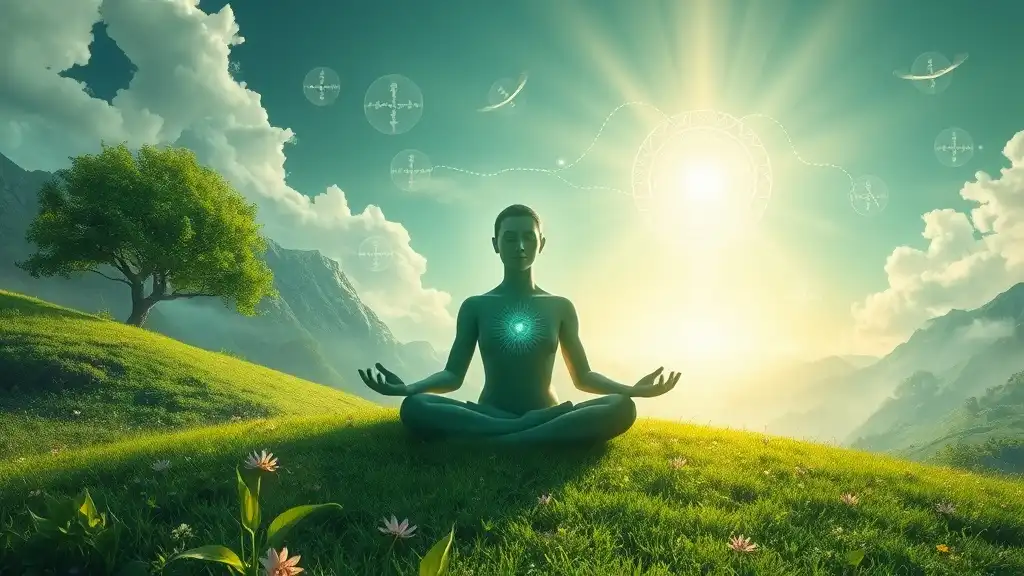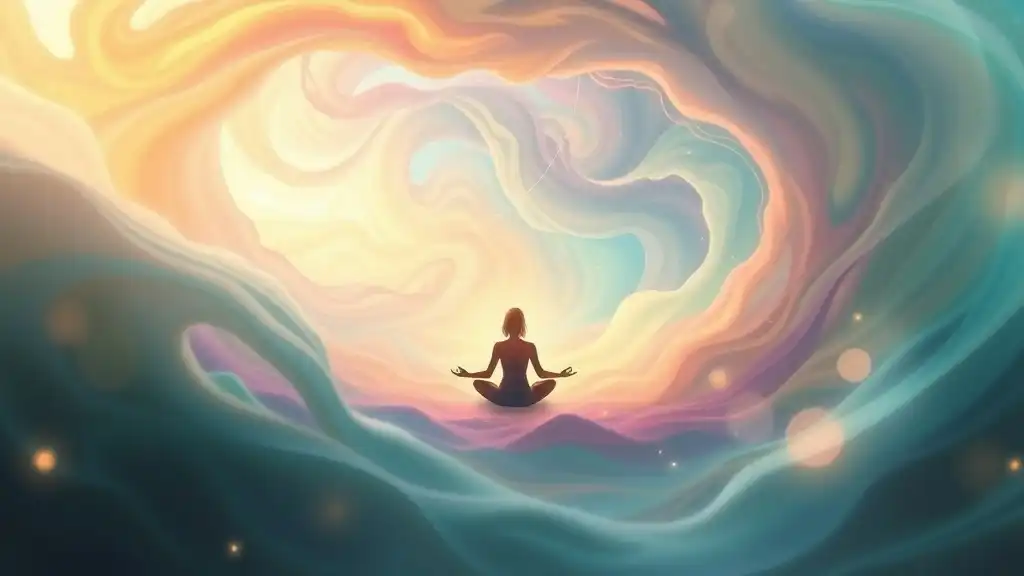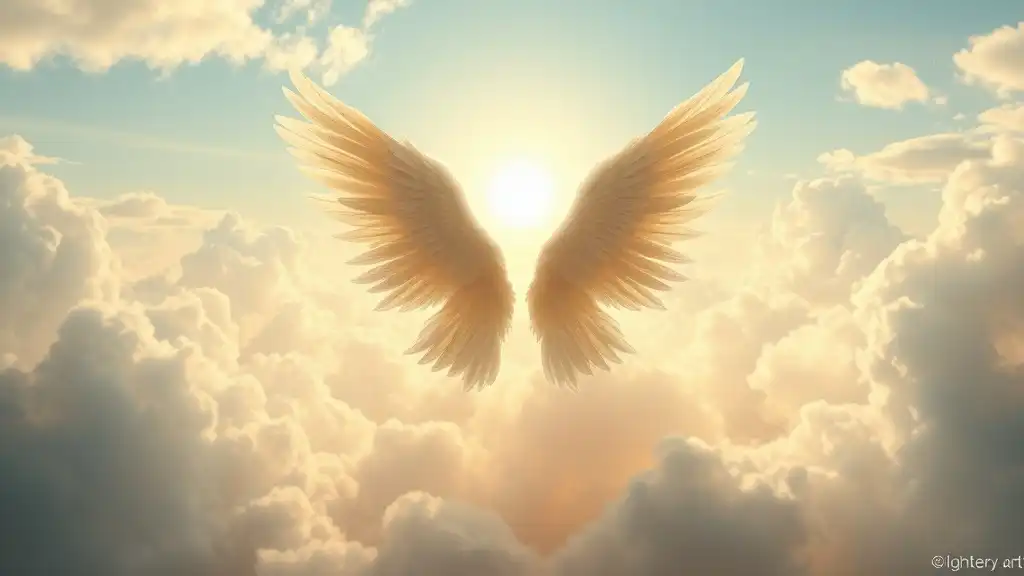The significance of eyes in spirituality cannot be overstated. From ancient civilizations to modern artistic expressions, eyes have consistently held profound meanings that transcend mere physicality. They symbolize perception, insight, and the connection between the material and spiritual worlds. In many cultures, the act of drawing eyes serves as a powerful form of expression, capturing not just the essence of sight but also deep-seated emotions and spiritual truths.
The Symbolism of Eyes in Spirituality
The Eye as a Window to the Soul
The saying "eyes are the windows to the soul" suggests that through our gaze, one can glimpse the deeper aspects of our being. This concept has been explored throughout history, finding its roots in various cultures and philosophies. In ancient Greece, philosophers like Plato believed the eyes were a gateway to understanding human nature. Many spiritual traditions assert that the eyes express not only our emotions but also our intentions and spiritual conditions. The significance of this belief can't be understated; tuning into someone's gaze can reveal their true feelings, intentions, and even their spiritual health.
The Third Eye and Intuition
Often referred to in metaphysical contexts, the Third Eye represents enlightenment, intuition, and inner wisdom. Positioned in the center of our forehead, this mystical eye symbolizes the ability to perceive beyond ordinary sight. Drawing eyes, particularly the Third Eye, can facilitate a deeper connection with one's intuition and the spiritual dimensions of life. Artists and spiritual seekers alike find that as they create, they open channels of insight and creativity that lead to greater self-awareness.

Cultural Perspectives on Eyes
Ancient Civilizations and Their Beliefs
Eyes have played a crucial role in the spiritual beliefs of many ancient civilizations. For instance, in Egyptian mythology, the Eye of Horus represents protection, health, and restoration. It was believed to guard against negative forces and ensure spiritual safety. Similarly, in Hinduism and Buddhism, the eye symbolizes wisdom and perception. The Buddha’s gaze invites us to look inward and cultivate awareness, while Hindu deities often possess multiple eyes, signifying their omniscience and ability to perceive reality in its entirety.
Modern Interpretations
In contemporary art, the motif of the eye has gained renewed interest. Many modern artists leverage eye imagery to express themes of identity, consciousness, and connection. Artists like Salvador Dalí and Frida Kahlo have explored eyes as symbols of perception and self-exploration. In today’s spiritual landscape, there’s a growing recognition that drawing eyes can act as a conduit for expressing complex feelings and spiritual insights, resonating deeply with individual experiences.
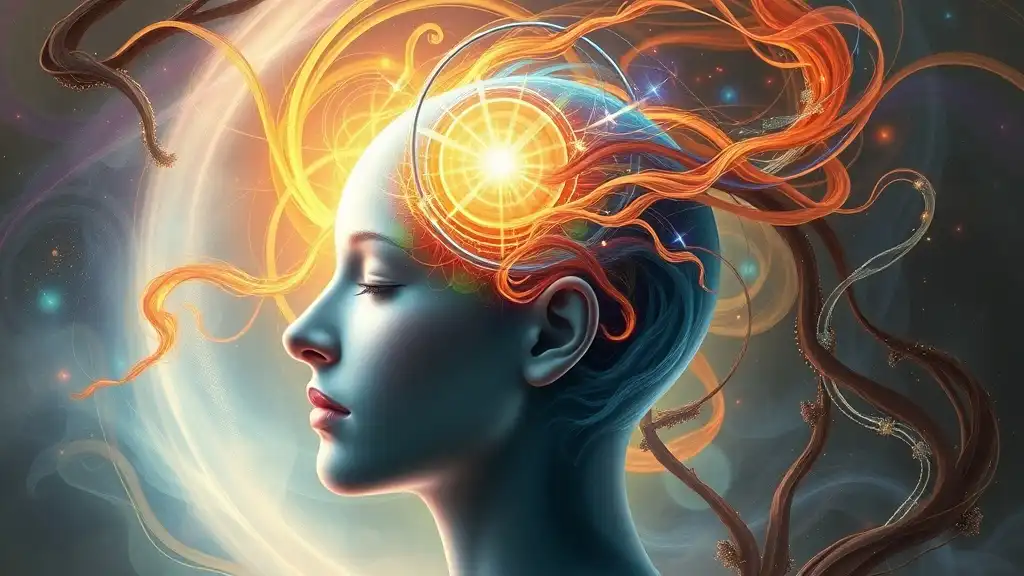
The Process of Drawing Eyes
Materials Needed
To begin your eye-drawing journey, you’ll need the right tools. Start with pencils, pens, and sketchbooks; these basic materials are perfect for beginners. For those looking to add color and depth, consider including watercolor or colored pencils. The choice of materials plays a significant role in how you express the emotions tied to the eyes.
Techniques for Drawing Eyes
Drawing realistic eyes can be both challenging and rewarding. Start with the basic shape, focusing on the almond shape of the eye. Take your time to balance proportions, as well as the placement of the iris and pupil. Use layers of shading to add depth, focusing on the light reflecting in the eyes to convey emotion. Remember, the subtleties of expression in your drawing can speak volumes about the feelings you wish to communicate.

The Spiritual Benefits of Drawing Eyes
Enhancing Mindfulness and Concentration
Drawing, especially when focused on details like the eyes, serves as a form of mindful meditation. Engaging in this practice can nourish your spirit and cultivate a sense of calm. As you concentrate on the shapes and lines, you'll find that distractions fade away, allowing for self-reflection and tranquility. This mindful approach not only sharpens your skills but also connects you with your inner self, creating a bridge between your physical and spiritual experience.
Self-Discovery and Reflection
The act of drawing can lead to profound self-discovery. While you create, you may encounter emotions and thoughts you hadn’t fully acknowledged. Drawing eyes encourages you to reflect on your feelings, as each stroke symbolizes layers of your inner landscape. Many artists find this process therapeutic, offering a chance to confront one's fears, hopes, and dreams. You might even discover that your artwork begins to mirror your spiritual journey.
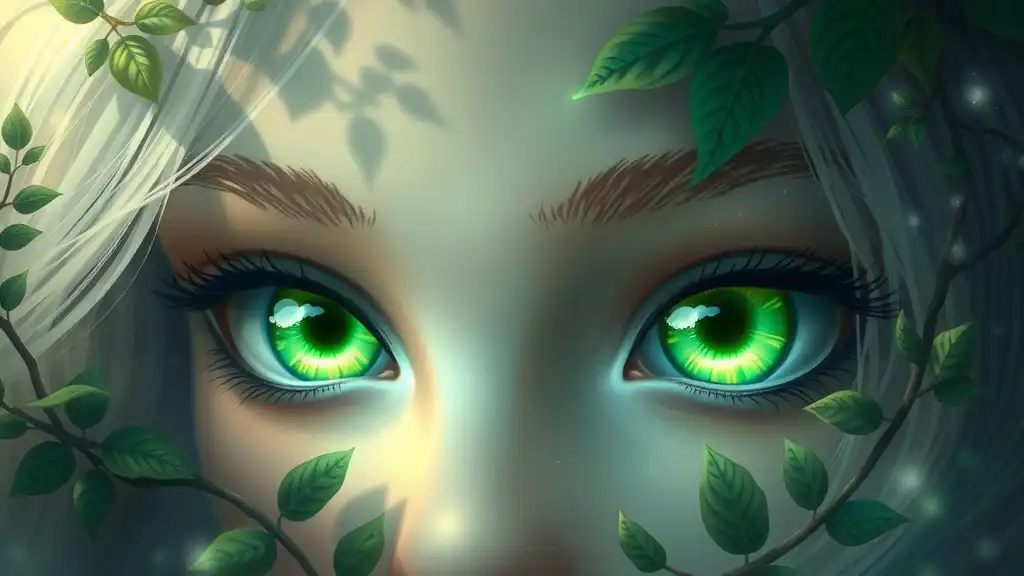
Conclusion
The spiritual significance of drawing eyes is vast and multifaceted. Engaging in this creative practice allows us to connect with our emotions, enhance our intuition, and focus our mindfulness. Each stroke transforms a simple drawing into a portal for deeper understanding. By embracing drawing eyes, you open the door to not just artistic expression but also a profound journey of self-discovery.
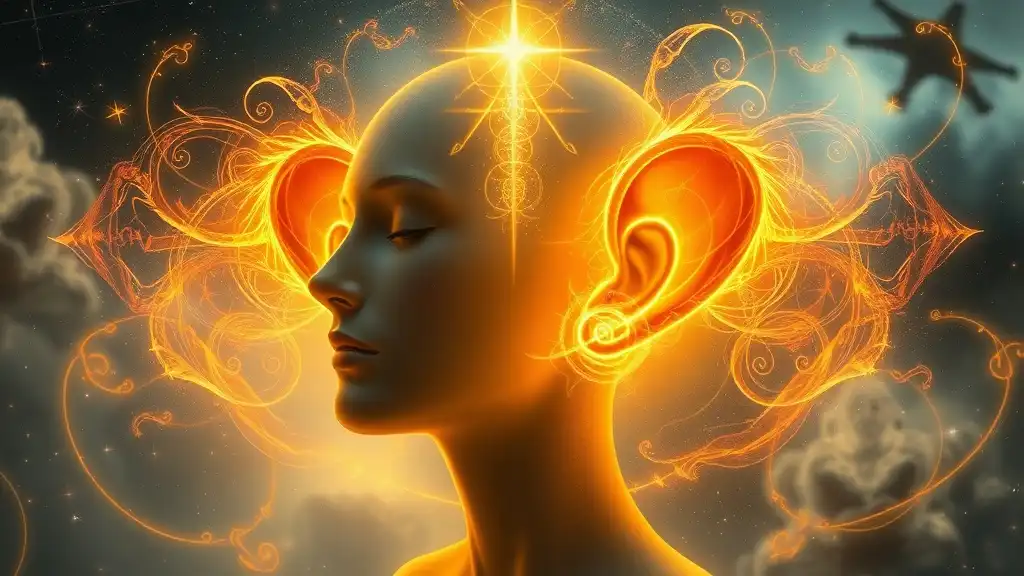
Call to Action
Are you ready to embark on this artistic and spiritual journey? Grab your materials and begin drawing eyes today! Take a moment to reflect on what each creation represents for you. Feel free to share your experiences with others or join community art groups and workshops focused on spiritual expression. Your artistry is not only a reflection of your skills but also a journey into the depths of your soul.

